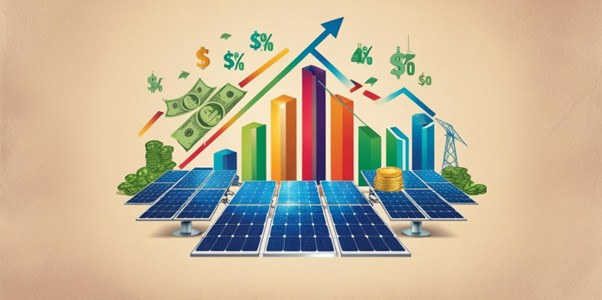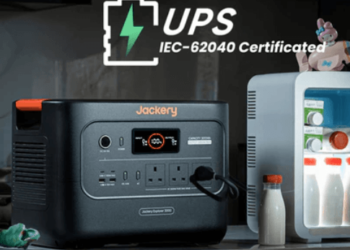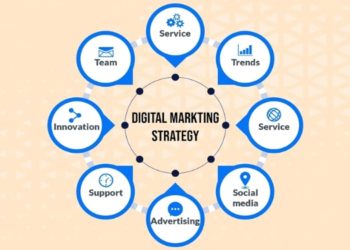Investing in solar energy is a compelling option for homeowners and businesses seeking to lower their energy costs and minimize their environmental impact. However, the upfront costs of purchasing and installing solar panels can be substantial, making financing a critical consideration. Many solar providers offer a range of financial solutions to make the transition to renewable energy more accessible and manageable. We will explore how loans, leases, and power purchase agreements (PPAs) function as financing options, enabling customers to choose the solution that best fits their budget and long-term energy goals. Each method has its unique benefits and potential drawbacks, making it essential to understand the details before committing.
Financing Solutions Available from Solar Providers
- Solar Loans
Solar loans offered by North Valley Solar Power allow homeowners or businesses to borrow funds to purchase a solar energy system outright. With this approach, the property owner takes full ownership of the panels and any associated incentives, such as federal tax credits or local rebates. Loans can be secured or unsecured, depending on the lender’s requirements, and typically have a fixed or variable interest rate. One of the primary benefits of a solar loan is that the borrower can build equity in the system while potentially generating energy savings that offset monthly loan payments. Over time, the system may increase property value, and once the loan is paid off, the energy savings contribute directly to the bottom line. Borrowers should carefully review loan terms, including interest rates, repayment periods, and fees, to ensure the arrangement aligns with their financial situation and long-term energy goals.
- Solar Leases
Solar leases provide an alternative for individuals who prefer lower upfront costs and reduced financial risk. Under a lease, the property owner pays a fixed monthly fee to the solar provider for the use of the panels. The provider retains ownership and is responsible for maintenance, monitoring, and repairs. Leases can be attractive for those who want predictable monthly payments without the responsibility of owning the system. However, it is important to note that while the monthly lease payment may be lower than a loan payment, the property owner may not be eligible for tax credits or incentives. Additionally, the long-term savings could be lower than with ownership because the provider retains any benefits from the system’s performance. Leases often include options to purchase the system at the end of the contract term, giving the customer flexibility to transition to ownership once they have fully evaluated the system’s performance.
- Power Purchase Agreements (PPAs)
Power purchase agreements operate differently from loans or leases because the property owner does not pay for the panels directly; instead, the property owner pays for the electricity generated by the panels. Instead, the customer agrees to buy the electricity generated by the system at a predetermined rate for a set number of years. This arrangement allows customers to benefit from solar energy without the upfront installation costs. PPAs often include performance guarantees, and the solar provider is responsible for all maintenance and monitoring. While PPAs can offer immediate savings on energy bills, the customer may not be able to take advantage of tax incentives. The contract rate for electricity is usually lower than the local utility rate, making PPAs a cost-effective option for those seeking predictable energy expenses without owning the system. However, it is essential to review the terms, including escalation clauses and contract duration, to fully understand the long-term financial implications.
- Comparing Options
When deciding between loans, leases, and PPAs, property owners should consider both short-term and long-term financial impacts. Loans offer ownership and full incentive benefits but require managing debt and maintenance. Leases reduce upfront costs and responsibilities, but they limit access to incentives and potential savings. PPAs eliminate upfront costs entirely, while offering predictable electricity rates; however, customers do not gain ownership or receive incentive benefits. Each option provides different levels of control, financial responsibility, and potential savings, so evaluating personal priorities and energy goals is crucial. Comparing monthly payments, total cost over time, and eligibility for incentives can help determine which financing solution is most appropriate for individual circumstances.
- Local Incentives and Utility Programs
Many solar providers work with local utility companies and government programs to offer additional incentives. These incentives can significantly reduce the net cost of a solar installation, regardless of the chosen financing method. Some programs offer rebates, performance-based incentives, or tax credits that encourage the adoption of renewable energy. Homeowners and businesses should research available programs in their region and consult with their solar provider to understand how these incentives apply to loans, leases, or PPAs. Combining a financing solution with local incentives can maximize cost savings and shorten the payback period, making solar energy more financially feasible. Providers often assist customers in navigating these programs to ensure that applications are completed correctly and benefits are received.
Financing solar energy systems has become more accessible due to a variety of options offered by providers, including loans, leases, and power purchase agreements. Each approach offers unique advantages and potential limitations, making it essential for property owners to consider their financial goals, energy needs, and long-term plans. By understanding how these options work, evaluating monthly costs versus long-term savings, and leveraging local incentives, homeowners and businesses can make informed decisions about adopting solar energy. Effective planning, a clear understanding of the contract, and collaboration with a supportive solar provider ensure that the transition to renewable energy is both financially viable and sustainable over time.










































































